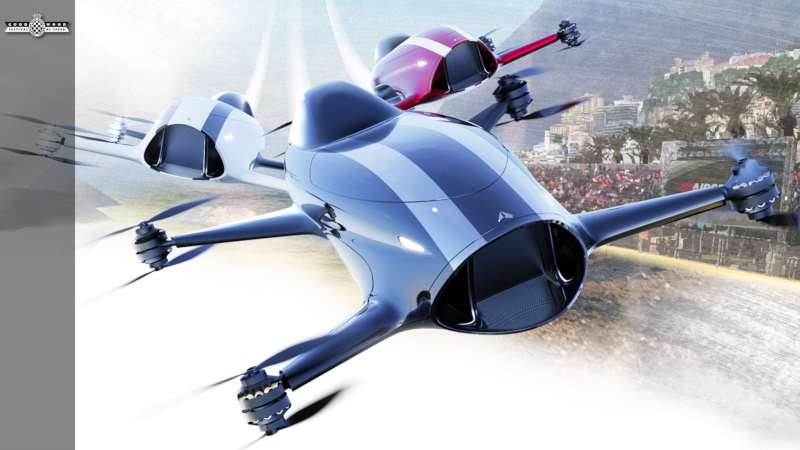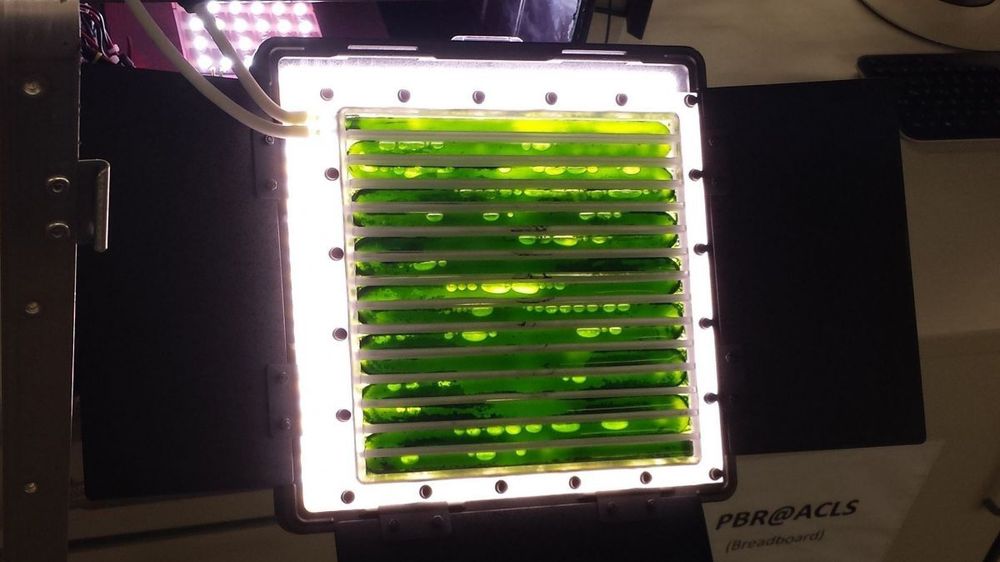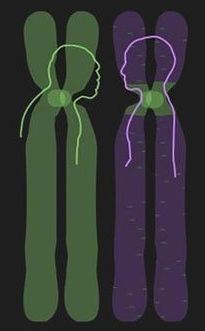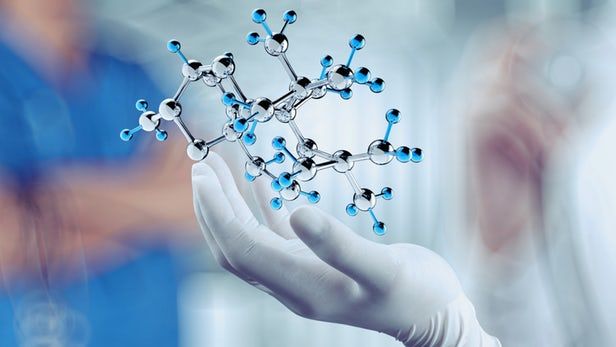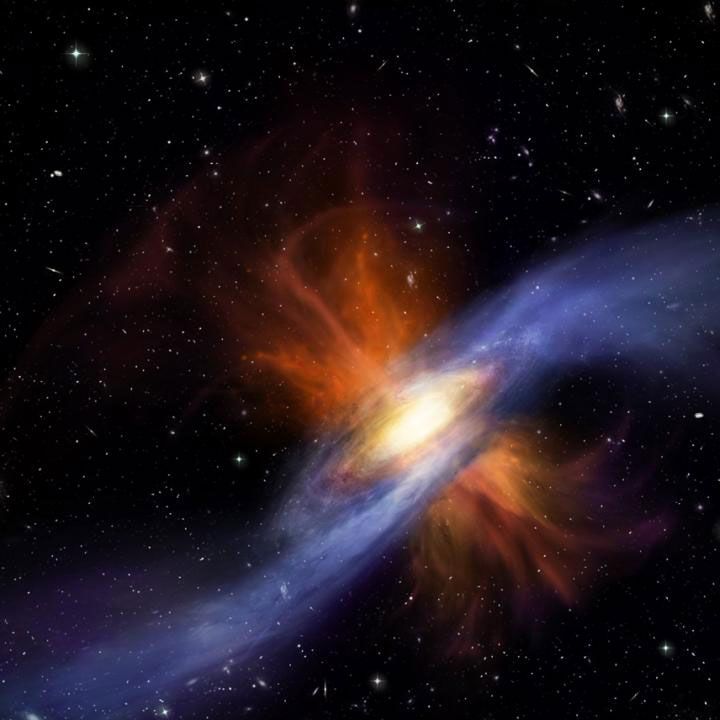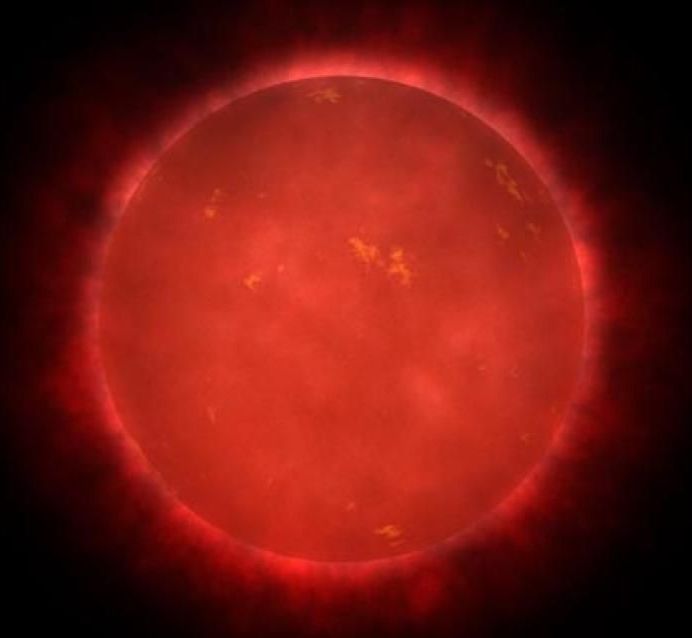Page 7820
Jun 21, 2019
Algae ‘Bioreactor’ on Space Station Could Make Oxygen, Food for Astronauts
Posted by Klaus Baldauf in categories: food, space
An algae-powered bioreactor, called the Photobioreactor, arrived at the International Space Station on May 6 and represents a major step toward so-called closed-loop life-support systems, which could one day sustain space crews during long-duration missions to the moon and Mars.
Jun 21, 2019
AI System Can Identify Cardiac Arrest
Posted by Genevieve Klien in categories: mobile phones, robotics/AI
Researchers at the University of Washington have used machine learning to teach an AI system to identify when someone is having a cardiac arrest. The system learned to identify agonal breathing, which occurs when someone gasps for breath during cardiac arrest, with a high degree of accuracy. The technology can be embedded into a variety of listening devices, such as smart speakers or smartphones, to alert authorities and loved ones to someone having a heart attack while they sleep.
Approximately half a million Americans die from cardiac arrest annually. Cardiac arrests often happen while someone is at home in bed. This is particularly dangerous, as there is likely to be no-one around, or no-one awake, to help.
Now, researchers have developed an AI system that can work through smart speakers or a smartphone to monitor for signs of a cardiac arrest while someone sleeps. The system listens for something called agonal breathing, which occurs in about 50% of people who experience a cardiac arrest, and patients who demonstrate this characteristic gasping often have a better chance of surviving.
Jun 21, 2019
Neanderthal and unknown human ancestor DNA found in the “dark heart” of chromosomes
Posted by Genevieve Klien in categories: biotech/medical, genetics
Genes get shuffled and re-dealt with every new generation, meaning many are relatively recent. But while exploring the “dark heart” of the human genome, geneticists have now found some of the most ancient pieces of DNA, inherited from Neanderthals and an as-yet-unknown human relative, which may be affecting our sense of smell to this day.
Jun 21, 2019
“Unprecedented achievement” enables clinical trials of promising anti-cancer molecule
Posted by Genevieve Klien in categories: biotech/medical, innovation
Over 30 years ago, a molecule with incredible anti-cancer properties was discovered in sea sponges. However, it was so structurally complex scientists have been unable to synthesize it in large enough quantities to be able to test it in humans. Now a team of scientists has finally made a landmark breakthrough, achieving total synthesis of the molecule in volumes large enough to proceed to clinical trials.
Jun 21, 2019
Researchers demonstrate new path to reliable quantum computation
Posted by Genevieve Klien in categories: computing, information science, quantum physics
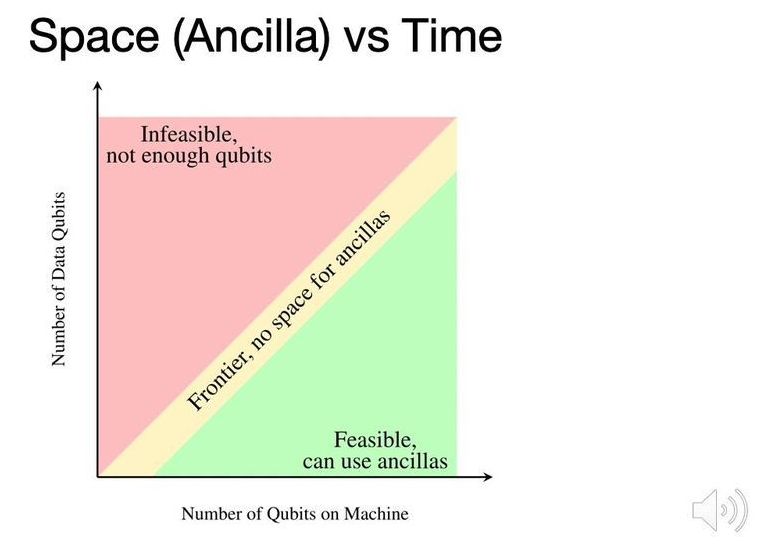
Researchers at the University of Chicago published a novel technique for improving the reliability of quantum computers by accessing higher energy levels than traditionally considered. Most prior work in quantum computation deals with “qubits,” the quantum analogue of binary bits that encode either zero or one. The new work instead leverages “qutrits,” quantum analogues of three-level trits capable of representing zero, one or two.
The UChicago group worked alongside researchers based at Duke University. Both groups are part of the EPiQC (Enabling Practical-scale Quantum Computation) collaboration, an NSF Expedition in Computing. EPiQC’s interdisciplinary research spans from algorithm and software development to architecture and hardware design, with the ultimate goal of more quickly realizing the enormous potential of quantum computing for scientific discovery and computing innovation.
Jun 21, 2019
Astronomers Discover Cool Halo Gas Spinning Like Galactic Disks
Posted by Genevieve Klien in categories: energy, space
A group of astronomers led by Crystal Martin and Stephanie Ho of the University of California, Santa Barbara, has discovered a dizzying cosmic choreography among typical star-forming galaxies; their cool halo gas appears to be in step with the galactic disks, spinning in the same direction.
The researchers used W. M. Keck Observatory to obtain the first-ever direct observational evidence showing that corotating halo gas is not only possible, but common. Their findings suggest that the whirling gas halo will eventually spiral in towards the disk.
“This is a major breakthrough in understanding how galactic disks grow,” said Martin, Professor of Physics at UC Santa Barbara and lead author of the study. “Galaxies are surrounded by massive reservoirs of gas that extend far beyond the visible portions of galaxies. Until now, it has remained a mystery how exactly this material is transported to galactic disks where it can fuel the next generation of star formation.”
Jun 21, 2019
Positive Results from Urolithin A Human Trial
Posted by Steve Hill in category: life extension
In a small, recent human trial, a naturally occurring compound called urolithin A has yielded positive results and appears to slow down part of the aging process that is related to the production of energy in our cells.
What is urolithin A?
Urolithin A is the end product created when bacteria in the gut break down ellagitannins, which are polyphenols found in fruits such as pomegranates, strawberries, walnuts, and raspberries. The substance does not appear naturally in its end form, so we normally rely on the beneficial bacteria in the microbiome, our internal ecology of gut bacteria, to convert the polyphenols into urolithin A.
Jun 21, 2019
Machine Learning: Living in the Age of AI | A WIRED Film
Posted by Derick Lee in categories: entertainment, robotics/AI
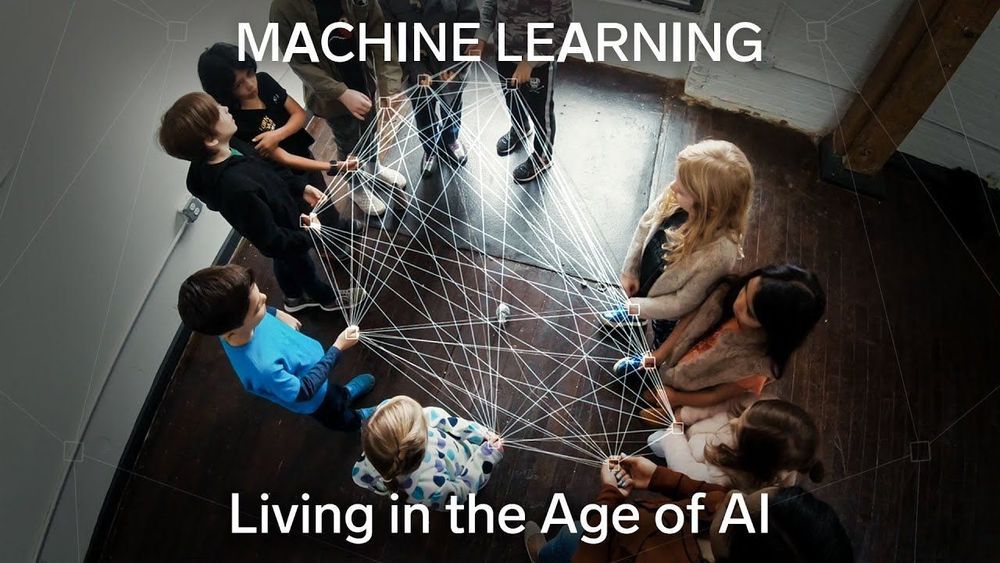
“Machine Learning: Living in the Age of AI,” examines the extraordinary ways in which people are interacting with AI today. Hobbyists and teenagers are now developing tech powered by machine learning and WIRED shows the impacts of AI on schoolchildren and farmers and senior citizens, as well as looking at the implications that rapidly accelerating technology can have. The film was directed by filmmaker Chris Cannucciari, produced by WIRED, and supported by McCann Worldgroup.
Jun 21, 2019
Two potentially life-friendly planets found orbiting a nearby star
Posted by Alberto Lao in category: alien life
“Both Teegarden’s planets are potentially habitable,” says Ignasi Ribas of the Institute of Space Studies of Catalonia, a member of the team reporting the planets today in the journal Astronomy & Astrophysics. “We will eventually see if they are actually habitable and, perhaps, even inhabited.”
The two worlds orbit a star so faint that it wasn’t even spotted until 2003, when NASA astrophysicist Bonnard Teegarden was mining astronomical data sets and looking for dim, nearby dwarf stars that had so far evaded detection.
Teegarden’s star is a stellar runt that’s barely 9 percent of the sun’s mass. It’s known as an ultra-cool M dwarf, and it emits most of its light in the infrared—just like the star TRAPPIST-1, which hosts seven known rocky planets. But Teegarden’s star is just a third as far from Earth as the TRAPPIST-1 system, which makes it ideal for further characterization.
